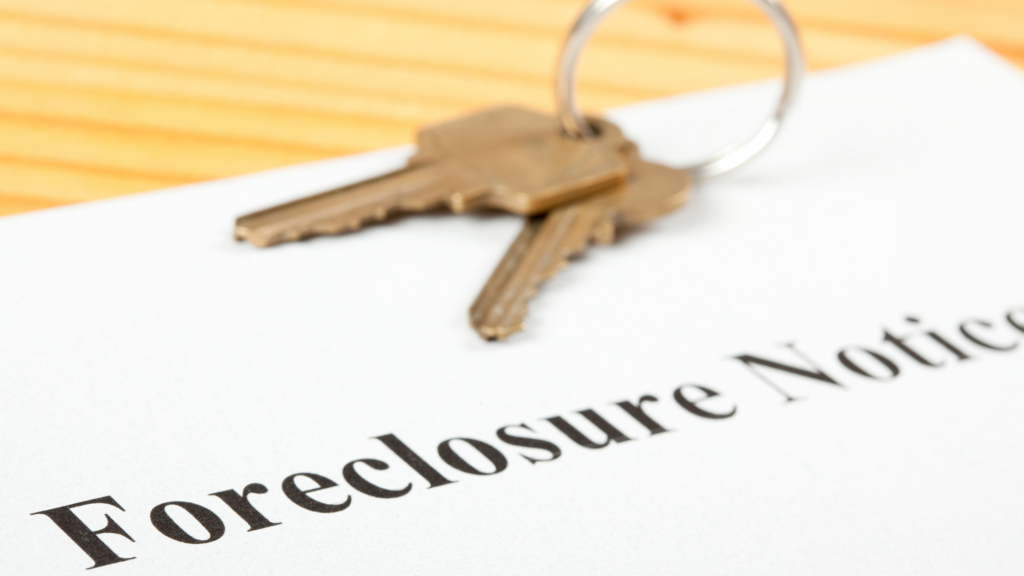Working with foreclosures can be a great investment strategy. One of the reasons is that there are usually foreclosures regularly regardless of the situation or reason. This provides us with a steady stream of investment opportunities. Someone is often falling behind on their mortgage for one reason or another.
When a homeowner doesn’t pay their mortgage payment according to what they agreed to with the lender, they may start the foreclosure process against them. Foreclosure is the legal process that allows lenders to sell the house at auction. If there are no bidders, they may take the property away from the homeowner.
Foreclosure laws vary by state, and investors need to understand how to work with homeowners in foreclosure according to the rules within their state.
Initially, the lender contacts the homeowner to collect the amount due or try to find a solution, including a potential forbearance. In forbearance, the lender may allow a suspension of mortgage payments and allow a certain number of mortgage payments to be added to the back end of the loan. For instance, if a homeowner has missed four mortgage payments and their loan was to be paid in full in June of 2040, if they continue paying, the mortgage would now be paid in full in October 2040. They may also try to work out additional payback options.
Suppose the homeowner cannot catch up on their payments or work out an agreement with their lender. In that case, the lender will typically take legal action against the homeowner, and the formal foreclosure process begins. When the lender officially starts the foreclosure process, we usually find out about it and become public.
There are two types of foreclosures:
- Judicial – This type of foreclosure goes through the court system. The lender gets a judgment to foreclose on a homeowner’s home.
- Non-judicial – This type of foreclosure bypasses the court system and typically takes less time to process.
There are three stages to foreclosure:
- Pre-foreclosure – The homeowner is behind on mortgage payments. They can work out something with the lender or sell the house independently or through a realtor. If they don’t, the lender will proceed and have the property auctioned off.
- Auction – A lender has someone auction the property to the highest bidder, typically after a certain threshold is met. If no one buys the property at auction or that minimum amount isn’t met, the lender will take it back. In some states, the homeowner can redeem the property after the auction for a specific time that varies by state. However, that timeframe is not usually more than one year.
- REO (Real Estate Owned) by the bank or bank-owned – If no one buys the property at auction, the lender takes it back and usually has a realtor list it for sale on the MLS.
There are many ways we can help homeowners who are in foreclosure. We might be able to buy their property or help them find another buyer. Suppose they can sell their home before the lender takes the property to auction. In that case, they won’t have a foreclosure notation on their record. We might even be able to help them get into another living situation.


